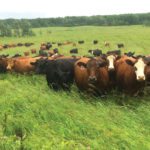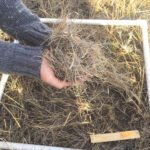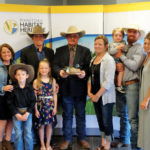High temperatures promote the growth of blue-green algae, which can produce harmful toxins. Cyanobacteria, also known as blue-green algae, can produce toxins that are harmful to livestock, wildlife and people. This month North Dakota Department of Health has posted blue-green algae advisories for four lakes. In addition, several water samples associated with the death of […] Read more













